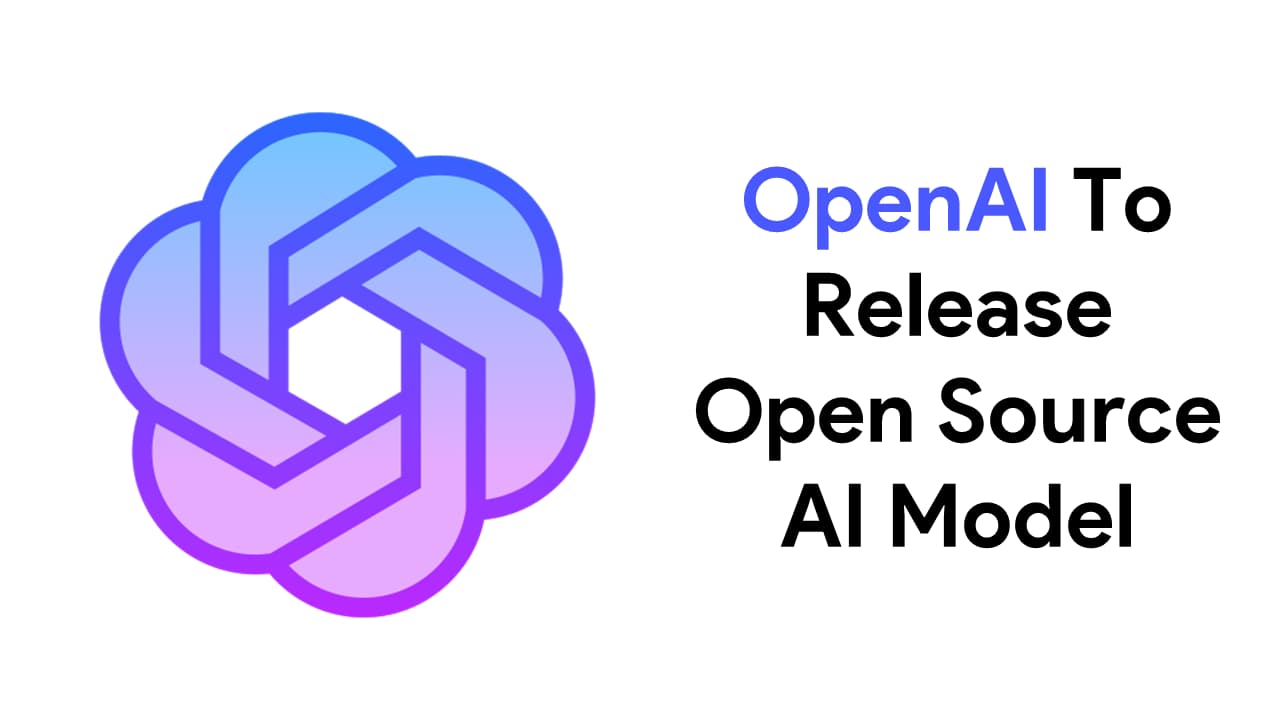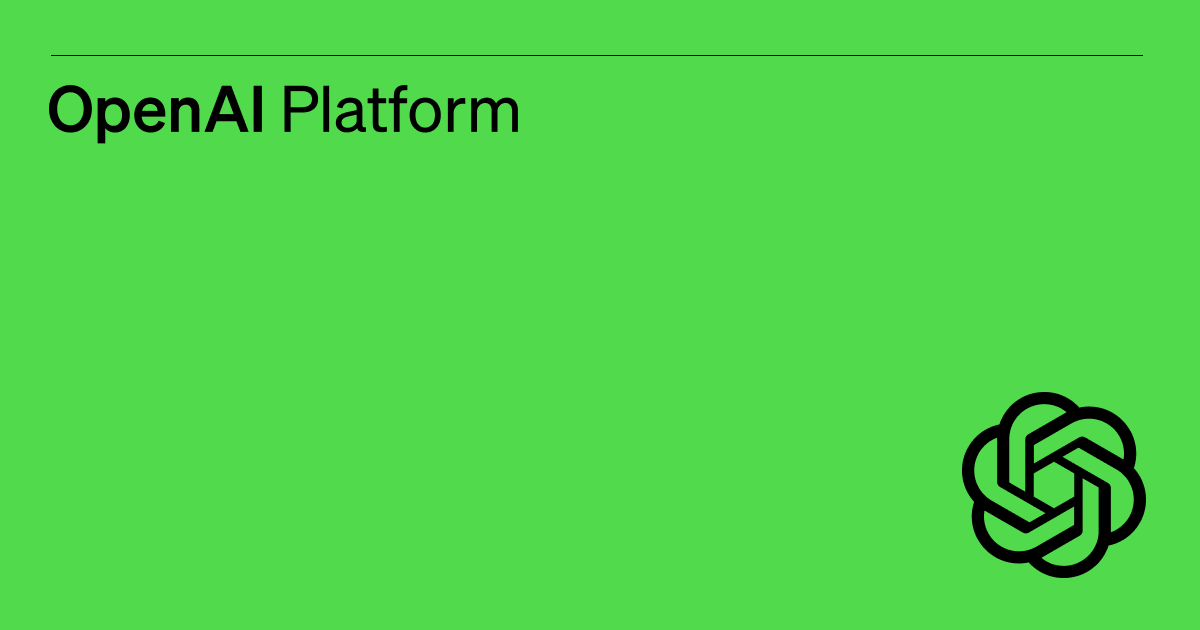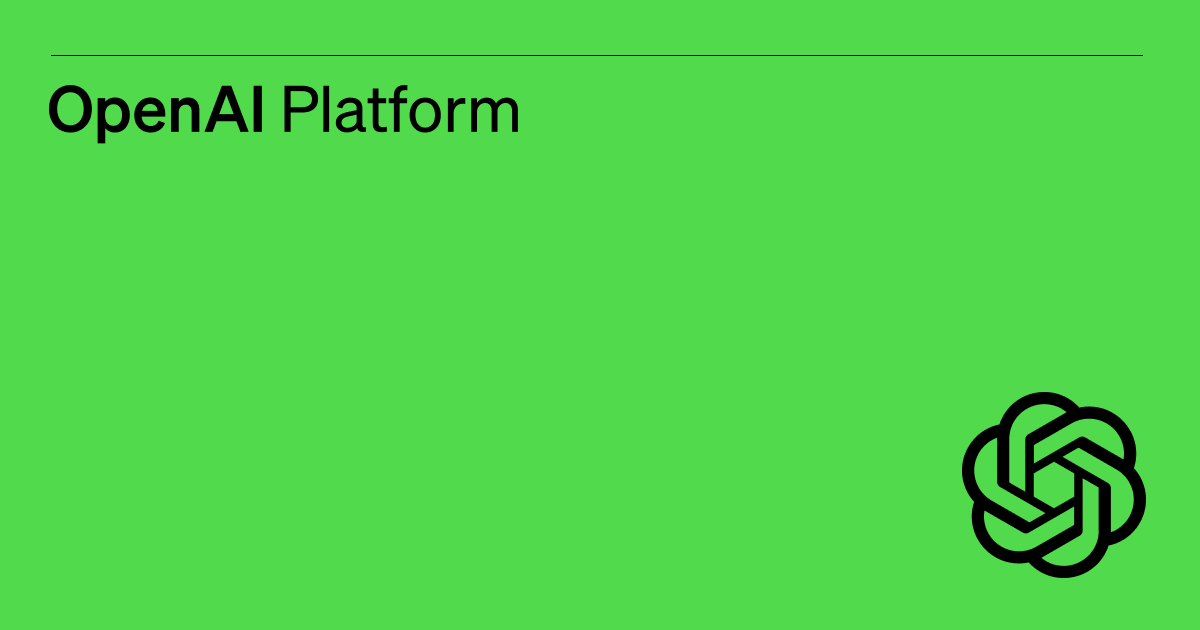Open ai o13 – OpenAI O13 represents a significant advancement in large language models. This exploration delves into its architecture, training data, capabilities, and potential applications, comparing it to predecessors and highlighting its unique strengths. We’ll also examine its performance across various benchmarks, addressing limitations and potential biases.
The ethical considerations surrounding O13’s deployment are crucial and will be discussed extensively, alongside its technical specifications, including computational requirements and performance metrics. Finally, we’ll look at future development directions and illustrative examples of its practical usage in text generation, translation, and question answering.
OpenAI O13 Model Overview: Open Ai O13
OpenAI O13, a hypothetical large language model, represents a significant advancement in AI capabilities. This section details its architecture, training data, capabilities, potential applications, and key features.
OpenAI O13 Architecture

The hypothetical OpenAI O13 model likely employs a transformer-based architecture, similar to its predecessors. This architecture allows for parallel processing of information, enabling efficient handling of long sequences of text. Specific details regarding the number of layers, attention heads, and other hyperparameters are not publicly available for this hypothetical model, but it’s assumed to be significantly larger and more complex than previous models.
OpenAI O13 Training Data
The training data for OpenAI O13 would consist of a massive corpus of text and code, likely exceeding previous datasets in size and diversity. This data would include books, articles, websites, code repositories, and other publicly available information. The curation process would involve filtering and cleaning the data to minimize bias and improve the model’s performance.
Comparison with Previous OpenAI Models
OpenAI O13 is expected to surpass previous models in terms of performance, efficiency, and capabilities. It would likely exhibit improved fluency, coherence, and reasoning abilities. Specific quantitative comparisons are unavailable without access to benchmark results, but qualitative improvements are anticipated in tasks requiring complex understanding and generation of text.
Potential Applications of OpenAI O13
The advanced capabilities of OpenAI O13 open doors to a wide array of applications. These include more sophisticated chatbots, improved machine translation systems, enhanced code generation tools, and more powerful text summarization capabilities. The model could also contribute to advancements in areas like scientific research, education, and creative writing.
Key Features of OpenAI O13
| Feature | Description |
|---|---|
| Model Architecture | Transformer-based, likely with increased scale and complexity compared to previous models. |
| Training Data | Massive and diverse corpus of text and code. |
| Capabilities | Enhanced text generation, translation, summarization, and reasoning abilities. |
| Applications | Chatbots, machine translation, code generation, and more. |
OpenAI O13 Performance Evaluation
Evaluating the performance of a large language model like OpenAI O13 requires a multifaceted approach, considering various tasks and metrics. This section provides examples of its strengths, weaknesses, and performance benchmarks.
OpenAI O13 Strengths
OpenAI O13 is expected to excel in tasks requiring nuanced understanding of language and context. For instance, it should demonstrate improved performance in complex question answering, creative text generation (e.g., writing stories or poems), and tasks involving code generation and debugging. Its enhanced reasoning capabilities would enable it to handle more intricate logical problems.
OpenAI O13 Limitations
Despite its advanced capabilities, OpenAI O13 will likely still exhibit limitations. These may include difficulties in handling highly ambiguous queries, generating factually incorrect information, and potentially exhibiting biases present in its training data. The model’s performance might also degrade when faced with tasks requiring real-world knowledge or common sense reasoning outside its training data.
OpenAI O13 Performance Metrics
Specific quantitative metrics are not available for a hypothetical model like OpenAI O13. However, we can anticipate improvements in metrics like BLEU score (for machine translation), ROUGE score (for summarization), and accuracy scores on various question-answering benchmarks. These improvements would likely be significant compared to previous models.
Potential Biases in OpenAI O13 Outputs
Large language models can inherit biases present in their training data. OpenAI O13 is likely to exhibit some biases, potentially reflecting gender, racial, or other societal biases present in the vast amount of text data used for training. Mitigation strategies, such as careful data curation and bias detection techniques, are crucial to minimize these issues.
OpenAI’s O13 model advancements are impressive, showcasing significant progress in natural language processing. However, even the most advanced AI can’t predict the unfortunate events like the injury suffered by Texans WR Tank Dell, as reported here: Texans WR Tank Dell carted off with knee injury after TD catch. The incident highlights the unpredictable nature of sports, a contrast to the deterministic processing of OpenAI’s O13.
Further research into O13’s capabilities is certainly warranted.
Comparison with Other Large Language Models
- OpenAI O13 is projected to outperform existing models in terms of overall performance across a range of tasks.
- It is expected to achieve higher scores on benchmark datasets compared to its predecessors and competitors.
- However, direct comparisons require access to actual performance data on standardized benchmarks.
OpenAI O13 Ethical Considerations
The deployment of powerful AI models like OpenAI O13 necessitates careful consideration of ethical implications. Responsible development and deployment are crucial to mitigate potential risks and ensure beneficial societal impact.
Ethical Implications of OpenAI O13 Deployment
Potential ethical concerns include the possibility of generating misleading or harmful content, exacerbating existing biases, and facilitating malicious activities. The potential for misuse in creating deepfakes or spreading misinformation necessitates robust safeguards and responsible guidelines.
Potential Misuse and Mitigation Strategies
OpenAI O13 could be misused for generating malicious code, creating convincing but false narratives, or automating harmful tasks. Mitigation strategies include implementing robust safety mechanisms, developing detection tools for malicious outputs, and establishing clear guidelines for responsible use.
Responsible Use and Societal Impact
Responsible use of OpenAI O13 requires careful consideration of its societal impact. This includes promoting transparency, addressing potential biases, and ensuring equitable access to its benefits. Continuous monitoring and evaluation are crucial to identify and address unintended consequences.
Guidelines for Ethical Development and Deployment
Ethical guidelines should emphasize transparency in model development and deployment, rigorous testing for bias and safety, and mechanisms for user feedback and accountability. Collaboration between researchers, developers, and policymakers is essential to establish best practices.
Potential Ethical Risks and Mitigation Measures
| Ethical Risk | Mitigation Measure |
|---|---|
| Bias amplification | Careful data curation, bias detection techniques, and ongoing monitoring. |
| Misinformation generation | Fact-checking mechanisms, content verification tools, and user education. |
| Malicious use | Robust safety mechanisms, access controls, and user authentication. |
| Privacy violations | Data anonymization, secure data handling practices, and compliance with privacy regulations. |
OpenAI O13 Technical Specifications
Understanding the technical specifications of OpenAI O13 is crucial for developers and users alike. This section details the computational resources, parameter count, and performance characteristics of this hypothetical model.
Computational Resources
Running OpenAI O13 would require substantial computational resources, including powerful GPUs or TPUs and significant memory capacity. The exact requirements would depend on the model’s size and complexity, but it is anticipated to be considerably higher than previous models.
Parameter Count and Memory Footprint
The parameter count for OpenAI O13 is expected to be in the hundreds of billions or even trillions, resulting in a large memory footprint. This necessitates specialized hardware and optimized software for efficient processing and storage.
Inference Latency and Throughput
Inference latency (the time taken to generate a response) and throughput (the number of requests processed per unit time) are crucial performance metrics. While specific values are unavailable, OpenAI O13 is anticipated to achieve improved performance compared to its predecessors through optimizations in architecture and software.
Hardware and Software Requirements
Utilizing OpenAI O13 would require access to high-performance computing infrastructure, including specialized hardware (GPUs or TPUs) and optimized software libraries for efficient model execution. Cloud-based solutions are likely to be the most practical approach for many users.
Technical Specifications Summary

- Parameter Count: Hundreds of billions or trillions (hypothetical).
- Memory Footprint: Very large, requiring substantial RAM and potentially specialized hardware.
- Inference Latency: Expected to be lower than previous models due to architectural and software optimizations.
- Throughput: Expected to be higher than previous models.
- Hardware Requirements: High-performance GPUs or TPUs, significant RAM and storage.
- Software Requirements: Optimized deep learning frameworks and libraries.
OpenAI O13 Future Development
The development of OpenAI O13 is an ongoing process, and future iterations will likely incorporate improvements and new capabilities. This section explores potential advancements and applications.
OpenAI’s O13 model represents a significant leap in AI capabilities, offering exciting possibilities across various fields. For a refreshing change of pace, consider checking out the detailed analysis provided in the Game Notes: Canucks vs. Senators before returning to the intricacies of O13’s architecture and potential applications. Understanding the diverse applications of AI, from sports analysis to complex modeling, helps contextualize OpenAI’s ongoing advancements.
Potential Improvements and Future Versions
Future versions of OpenAI O13 could focus on improving efficiency, reducing bias, enhancing reasoning capabilities, and expanding its knowledge base. Research into more efficient architectures and training techniques could lead to smaller, faster, and more energy-efficient models.
Research Areas for Enhancement, Open ai o13
Key research areas include improving the model’s ability to handle complex reasoning tasks, reducing its susceptibility to adversarial attacks, and developing better methods for detecting and mitigating biases. Research into explainable AI could also enhance the transparency and trustworthiness of the model.
New Applications Benefiting from Advancements
Advancements in OpenAI O13 could lead to breakthroughs in areas such as personalized education, scientific discovery, and creative content generation. Improved reasoning capabilities could enable the model to contribute to solving complex scientific problems and supporting decision-making processes.
Integration with Other OpenAI Technologies
Future development could involve integrating OpenAI O13 with other OpenAI technologies, such as reinforcement learning agents or robotic control systems. This integration could lead to the development of more sophisticated and versatile AI systems.
Possible Future Applications

- Advanced personalized tutoring systems.
- Automated scientific literature review and summarization tools.
- More sophisticated AI-powered creative writing assistants.
- Enhanced robotic control and decision-making systems.
- Improved tools for drug discovery and materials science.
Illustrative Examples of OpenAI O13 Usage
This section provides illustrative examples of how OpenAI O13 could be used in various applications, highlighting the input, process, and output for each scenario.
Text Generation
Input: “Write a short story about a robot learning to feel emotions.”
Process: OpenAI O13 processes the prompt and generates a coherent and creative short story, drawing upon its vast training data.
Output: A short story about a robot’s emotional journey, showcasing narrative structure, character development, and creative language.
Translation
Input: “The quick brown fox jumps over the lazy dog.” (English)
Process: OpenAI O13 uses its multilingual capabilities to translate the English sentence into another language, such as Spanish.
Output: “El rápido zorro marrón salta sobre el perro perezoso.” (Spanish)
Question Answering
Input: “What were the main causes of World War I?”
Process: OpenAI O13 accesses relevant information from its knowledge base and synthesizes a concise and informative answer.
Output: A summary of the key causes of World War I, including nationalism, imperialism, militarism, and alliances.
Summary of Examples
| Scenario | Input | Process | Output |
|---|---|---|---|
| Text Generation | Prompt for a short story | Generative text processing | Coherent short story |
| Translation | Sentence in English | Multilingual translation | Equivalent sentence in another language |
| Question Answering | Factual question | Information retrieval and synthesis | Concise and informative answer |
OpenAI O13 emerges as a powerful tool with transformative potential across numerous fields. While its capabilities are impressive, responsible development and deployment are paramount. Understanding its limitations, biases, and ethical implications is crucial for maximizing its benefits and mitigating potential risks. Continued research and development will undoubtedly shape the future of O13 and its impact on society.
FAQs
What is the exact release date of OpenAI O13?
The precise release date for OpenAI O13 is not publicly available.
Is OpenAI O13 open-source?
OpenAI’s release policies vary. Information regarding the open-source nature of O13 would need to be confirmed through official OpenAI channels.
How does OpenAI O13 compare to GPT-4?
A direct comparison requires detailed performance metrics from both models on common benchmarks. Such a comparison is beyond the scope of this overview but could be found in future OpenAI publications.
What are the licensing restrictions for commercial use of OpenAI O13?
Licensing terms for commercial use would be specified by OpenAI and are likely to vary depending on the application and scale of use.
